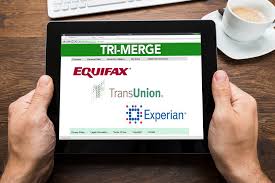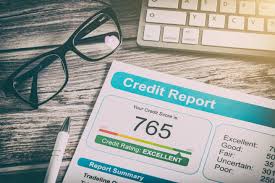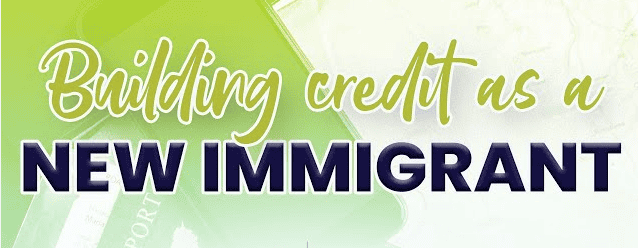A conventional loan is a type of mortgage that isn’t backed by a government agency, such as the Department of Veterans Affairs. Conventional mortgages often meet the down payment and income requirements set by Fannie Mae and Freddie Mac and conform to the loan limits set by the Federal Housing Finance Administration, or FHFA.
Conventional Loan Requirements
You’ll generally need a credit score of at least 640 to qualify for a conventional loan, a high score will help you get the best rate. Depending on your financial status and the amount you’re borrowing, you may be able to make a down payment that’s as low as 3% with a conventional loan.
It’s recommended you have a credit score of 620 or higher when you apply for a conventional loan. If your score is below 620, lenders either won’t be able to approve your loan or may be required to offer you a higher interest rate, which can result in higher monthly payments.
Lenders will assess all your income sources and monthly debts to figure out what mortgage you can afford and have the likely ability to pay back. The Source of Income are Paycheck: Salary or Hourly, Schedule C Tax Form, Schedule DE, K-1, 1065, Forms: 1040, K-1, 1120S, W2, Schedule B, 1120.
When trying to determine whether you have the means to pay off the loan, the underwriter will review your employment, income, debt and assets. They’ll look at your savings, checking, 401k and IRA accounts, tax returns and other records of income, as well as your debt-to-income ratio.
Buying a home with as little as 3% down is possible, depending on your loan type and credit score. You may even be able to buy a home with no money down if you qualify for a USDA loan or a VA loan.
To determine your DTI, your lender will total your monthly debts and divide that amount by the money you make each month. Most mortgage programs require homeowners to have a Debt-to-Income of 40% or less, though you may be able to get a loan with up to a 50% DTI under certain circumstances.
Mortgage lenders verify employment by contacting employers directly and requesting income information and related documentation. Most lenders only require verbal confirmation, but some will seek email or fax verification. Lenders can verify self-employment income by obtaining tax return transcripts from the IRS.
TYPES OF CONVENTIONAL LOANS

JUMBO CONVENTIONAL LOANS
What is a jumbo conventional loan?
A jumbo loan exceeds the Federal Housing Finance Agency’s (FHFA) limits for conventional loans bought by Fannie Mae or Freddie Mac. The mortgage industry also calls jumbo loans “nonconforming loans” because they do not “fit” within these limits.

SUBPRIME CONVENTIONAL LOANS
Is a subprime loan conventional?
A subprime mortgage is a type of loan granted to individuals with poor credit scores who wouldn’t qualify for conventional mortgages. Subprime mortgages are now making a comeback as nonprime mortgages.

CONFORMING CONVENTIONAL LOAN
Conforming loans are mortgages that meet Fannie Mae and Freddie Mac guidelines. Conforming lenders underwrite and fund the loans and then sell them to investors like Fannie Mae and Freddie Mac. Once securitized, the loans are sold to investors on the open markets.

PORTFOLIO LOANS
20% down payment, or as low as 5% with mortgage insurance. Gift funds allowed up to 20%, no borrower contribution required. Debt-to-income ratio up to 48% Two-year seasoning required on bankruptcy, four years on short sale or foreclosure .

AMORTIZED CONVENTIONAL LOANS
Fully amortized payment is one where if you make every payment according to the original schedule on your term loan, your loan will be fully paid off by the end of the term. The word amortization simply refers to the amount of principal and interest paid each month over the course of your loan term.
ADVANTAGES OF A CONVENTIONAL LOAN
A conventional loan is a great option if you have a solid credit score and little debt. You can avoid PMI by paying 20% of the loan upfront, which will lower your mortgage payments. If you’re unable to make a large payment upfront, conventional loans are available with a down payment as low as 3%.
PMI is required on conventional loans when the homeowner is making a down payment of less than 20 percent. You will also need PMI on conventional refinance loans if you have less than twenty percent









